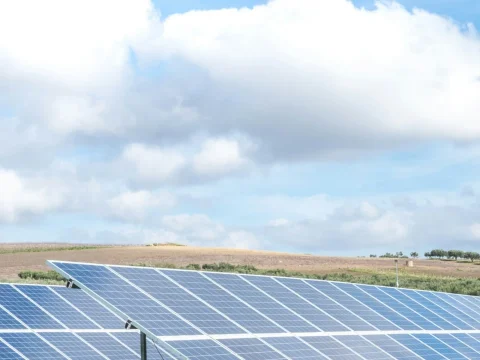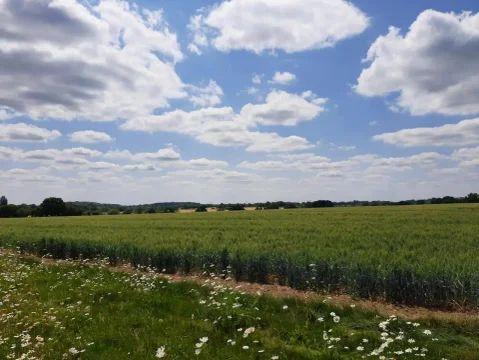
A developers guide to Grid Reform
A developers guide to Grid Reform
The UK’s energy system is evolving rapidly, and connecting new renewable projects to the grid has become increasingly complex. Grid Reform is a government-led initiative designed to streamline connections, reduce delays, and ensure that new solar, wind, and battery energy storage projects can contribute to the UK’s clean energy targets efficiently. In this blog, we explain how the reform works, why it’s needed, and what it means for developers, communities, and investors alike.
What is Grid Reform?
Grid Reform is a government-led initiative designed to speed up how quickly new projects connect to the grid, helping to close the gap between application, construction and connection.
As part of this reform, the British Government and the National Energy System Operator (NESO) have introduced new generation limits - known as ‘caps’ - for different renewable technologies, including solar, wind and battery energy storage systems (BESS). These caps set out how much generation can be connected to the UK grid by 2030 and 2035, shaping how and where future projects can be delivered.
How does a developer get their site connected?
To secure a grid connection, a developer first needs an initial offer from the local electricity network operator (DNO), alongside a suitable land option. These are then submitted to NESO during what’s known as a ‘Gate 2 window’ - a period when all eligible projects are assessed against the national capacity limits.
If there’s still available capacity within the region, the project receives a Gate 2 offer. This acts as a second grid offer from the national system, complementing the original local offer and together granting the right to connect.
Each Gate 2 offer also confirms an expected connection date, allowing developers to move forward with the next stages of planning and delivery. The earlier a project is submitted, the better its chances of securing a place within the available capacity.
The timings for these Gate 2 windows, and the precise steps that follow, are still being refined by NESO as they transition existing projects into the new system. Further updates are expected over the coming months.
Why is it happening?
Under the previous queue system, grid connections were offered strictly in order of application, with few checks on a project’s readiness to progress. This approach led to far longer delays than expected.
For example, a project applying for connection in 2024 could, depending on location, be given an estimated connection date in the 2040s. That 20-year gap created significant challenges for network planning, as engineers had to anticipate what reinforcements might be needed decades in advance.
The scale of the backlog quickly became unsustainable. The number of projects in the queue far exceeded the UK’s predicted electricity demand - particularly for battery energy storage systems (BESS).
Beyond the volume of applications, many projects were progressing slowly or not at all, blocking others that were ready to connect. In practice, the rigid queue system was holding back the pace of delivery needed to meet the UK’s Clean Power targets.
Why was Grid Reform introduced?
Grid Reform has been introduced to remove unviable or slow-moving projects from the queue and to limit the total number of schemes progressing at any one time.
Previously, the generation mix was largely market-led - with any power project that could demonstrate a commercial return able to move forward. The new approach shifts this model, setting defined limits for solar, wind, and battery energy storage (BESS) in each region. This gives the system operator greater control over where and how new capacity is developed.
The reform also aims to free up grid capacity currently held by projects that are unlikely to be built. Because BESS requires far less land than solar or wind, it has historically been easier for these projects to secure grid offers, creating an oversupply of storage capacity that in many cases has not progressed. By prioritising realistic, deliverable schemes, the new system should help unlock space for a balanced mix of low-carbon generation across the UK.

